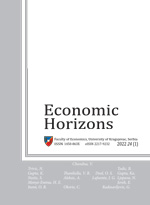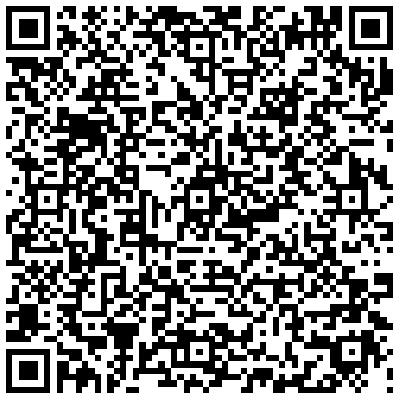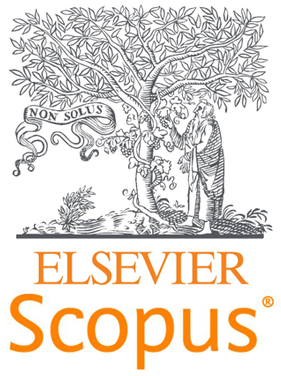ADVANTAGES AND LIMITATIONS OF LINEAR AND NONLINEAR BREAK-EVEN MODELS
Danijela Martinovic
Faculty of Economics University of Sarajevo, Sarajevo, Bosnia and Herzegovina
The break-even point model is a well-known instrument for determining target production, income and costs for the purpose of gaining a zero profit. Although it is a concept that was present in the literature as early as in the late XIX century, the break-even point is applied in the contemporary business practice even today. This paper aims to demonstrate the advantages and limitations of the traditional (linear) and contemporary (nonlinear) break-even models. Particular attention is paid to the assumptions needed for a successful application of both models. The frequency of the use of the break-even point, limitations and assumptions were studied on a sample of 100 manufacturing enterprises in Bosnia and Herzegovina. The research study has revealed management’s awareness of the potentials for applying the break-even point concept and the need to use the modern models that include assumptions pertaining to change in the key variables in the model. This results in the need to design such nonlinear, dynamic and stochastic models that best represent the dynamic conditions of contemporary business.
Keywords: break-even point, linear and nonlinear model, cost classification, application in Bosnian and Herzegovinian enterprises
JEL Classification: M210




